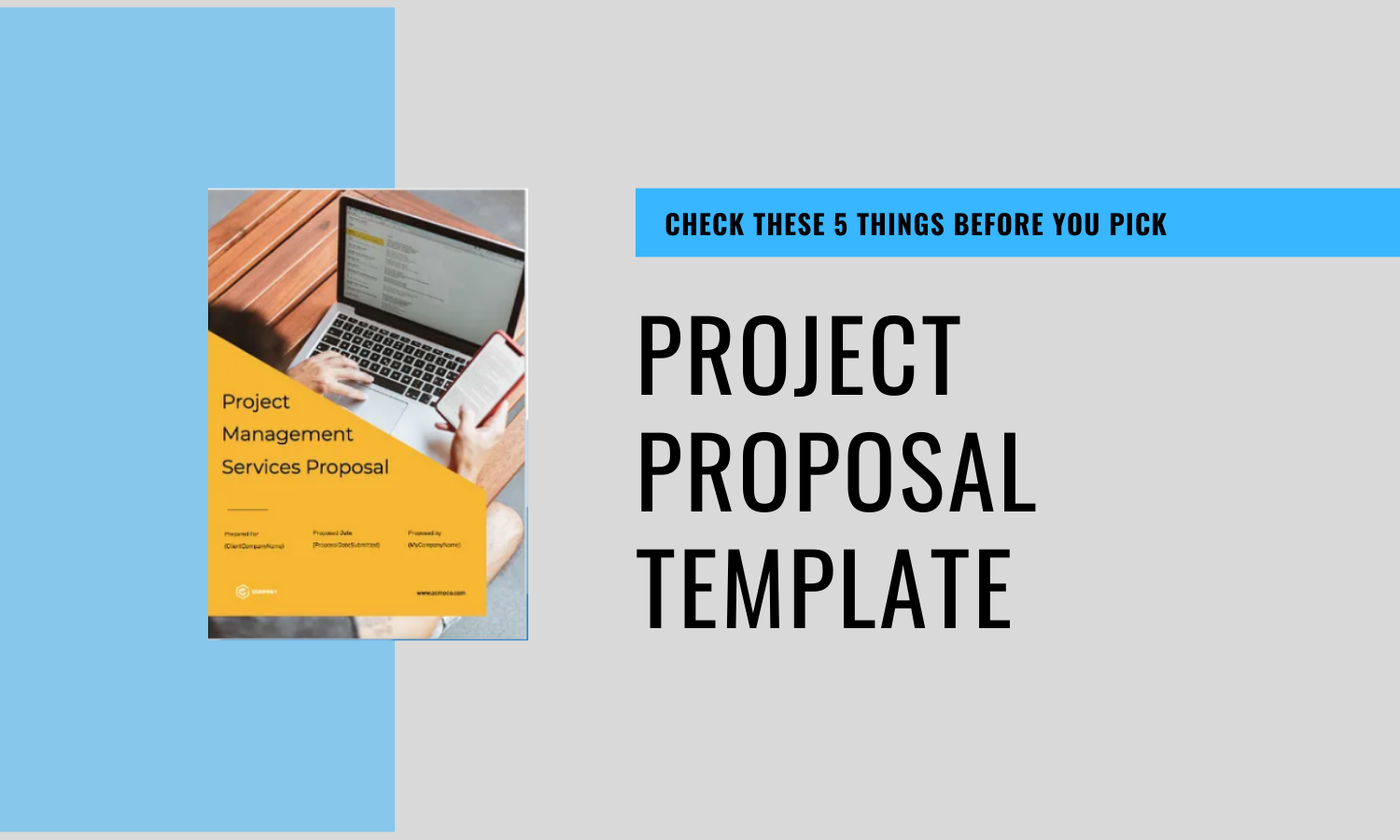So you’ve hit them over with the killer headline or a subject line, you’ve pulled them over with a fantastic story and now you are at the point where its time to sell. But once again the chances of closing the deal shut down just because something goes wrong with your sales pitch.
Relatable?
Well, let me first tell you that you’re not alone!!!
Remember the famous pen selling scene from Wolf of Wall Street?
You wonder why they struggled miserably with their sales pitches? Hear it out from the man himself,
What Makes a Great Sales Pitch?
The above scene tells you the rookie mistake salespeople often make- they presume that what they like about their product (the pen) is what their customers would also like.
Sales pitch is all about showing your prospect what your product can do for them instead of bashing them over the head repeatedly by telling all the features that make your product great.
The powerful and profitable sales pitches requires upfront planning, so that you’re familiar enough with your prospect’s business that you can personalize your pitch instead of trying to stick to your scripted storyline.
Considering that, here are a few tips that will lead you on the right path to build a winning sales pitch.
Tips for your Next Sales Pitch
1. Qualify the Prospects You’re Pitching
Are you sure you’re targeting the right customers?
If not then you’re hurting your business on several levels. Because it’s the first move you should be doing before building any sales pitch. Only after qualifying your potential lead you’ll know whether it’s worth spending your time and energy into trying to sell to that prospect.
Now, here’s how you should qualify your potential client,
It’s all about asking the questions and seeking the right information from the client. These are the 3 main areas you should focus on with your questions,
a. Customer Profile
How much they score in your ideal client profile? What business they are running? How large is an organization? Do they match with your ideal customer geographical location? Which tools they have used in the past? and so on
b. Needs
You have to know what they need and what are the results they are expecting to get? and how those results are going to affect their goal, their team, and their business?
c. Competition
Who are you competing with? Which other vendors have they worked before? What solution did they try to provide to your prospect?
If you know all these things you’ll have a great idea about someone is qualified or not.
2. Make Memory with Your Hook
Develop your hook in such a way that it binds your customer’s desires to the product or the solution that you are offering.
For example, if your product offers proposal templates that lets business owners create professional-looking sales proposals in a matter of minutes without wasting their valuable time and energy. Then you can open your sales pitch with something like this – “I’m one of you. I felt the same pain as you are experiencing but I’ve found a solution to that problem”.
Boom!!! Sold
The perfect hook automatically draws attention to you, your story, and ultimately to your product. There are ways to create memorable hooks,
a. Fear of Missing Out (FOMO)
FOMO can be used to convince leads to believe that they may lag behind their competitors if they don’t use your product or service (that’s a human psychology related to sales and marketing)
b. Offers Help or a Solution
Put a challenge and promise a fix. Come up with a hook where potential clients will see you as a solution to their problem.
c. Tell Your Client What You Do
Sometimes you just let your clients know that you are the kind of business they need.
Below are the factors that makes hooks memorable,
- Hooks should announce an information
- Hooks must come as a surprise.
- Hooks should be emotional.
- Hooks should offer help or a solution.
So if you’re sending your pitch through emails, then make your subject lines catchy. And if you’re delivering pitch through call then break the ice with a powerful opening statement.
3. Convey a Believable Solution
So you’ve addressed and promised to resolve the pain, now it’s time to turn smoothly into your deal. But how do you do that?
Many salespeople make the mistake of heading straight from pain to product without properly directing prospects towards the solution. It’s like saying “Ohh you are depressed, buy this book “. This causes a major disconnection for your reader who’ll probably think, “why would I buy your product to help me with this?”.
You need to take your time and think thoughtfully about introducing the unique solution that you’ve discovered to help solve your prospect’s problem. This is where you add value in advance and educate them on why THIS is the solution that will work for them.
Going back to your book example, maybe your book is about “Self Help”. So, you need to convey how believing in yourself and building confidence can help you destroy fear and depression. At this point, you haven’t even mentioned your product yet but once you get your prospect to believe in the SOLUTION you’re presenting, then selling becomes easier.
So once a believable solution is conveyed, all you’ve to do is explain how you’ve made this solution simpler, faster, and easier for your prospect.
4. Position Your Offer
So after you’ve presented your product and discussed what makes it so great it’s time to focus on positioning the deal. Because at this point you’ll prospect will ask “Why should buy this product from you and not from someone else?”
So, on top of presenting your USP and what makes your solution simpler, faster, and easier than the other folks (that means your competitors); you need to address WHY you’re selling your product?
Well, of course for the money, but you can’t say that on the face right? So, you got to think of an alternative reason.
Let’s face it, you may be a marketer or a salesperson but even you’ve been in the prospect’s shoes. You know there are many businesses out there trying to manipulate customers to purchase their products. And this the main reason to justify and position your offer so that you can build trust with your prospect and make it easy for them to take the decision.
There are several ways to do this such as by gathering social proof like testimonials and reviews you can show them that others have trusted you and they have been able to produce some positive results so we want as many people as possible to get the same results.
5. Move Them to Actions
And the final tip for the winning sales pitch is the clear call to action. Because obviously, you can’t expect the buyers to move forward on their own. Tell them exactly what to do next to get your offer. What they can expect to happen and how excited you are to be able to help them.
Even if the customer isn’t ready for the sale yet, be sure to keep the prospect on the journey and move forward with a follow-up meeting or a trial period. While it’s important to start strong and keep the prospect hooked throughout the pitch, it’s ultimately the closing statement that’ll change the game for you.
Final Words
That’s it!!! Now you know which buttons to push and how to mould your solution. It’s time to actually make that pitch and close the very next deal.
Good luck!!!!







0 Comments